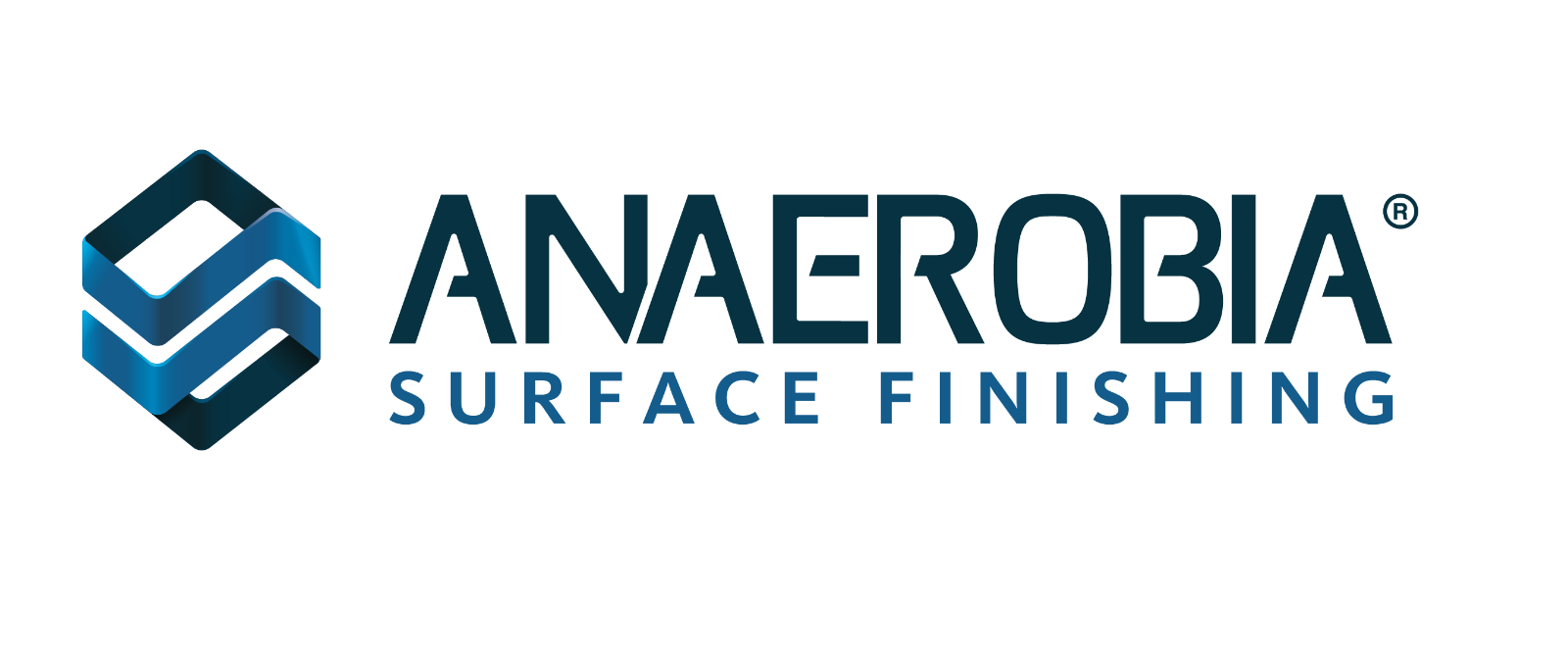POWDER COATING SYSTEMS
We are specialize in the design, manufacture, installation, and implementation of paint systems for the finishing industry. With a focus on providing turnkey solutions, the highest technology is integrated in all our products.
We are specialize in the design, manufacture, installation, and implementation of paint systems for the finishing industry. With a focus on providing turnkey solutions, the highest technology is integrated in all our products.
A powder coating system is used in industry to coat a surface with a layer of dry powder. The surfaces to be coated are primarily metal, such as carbon steel, stainless steel, and aluminum. This process provides corrosion resistance, protection, and an aesthetic finish to parts and components of various products, from automobiles to furniture and household appliances.
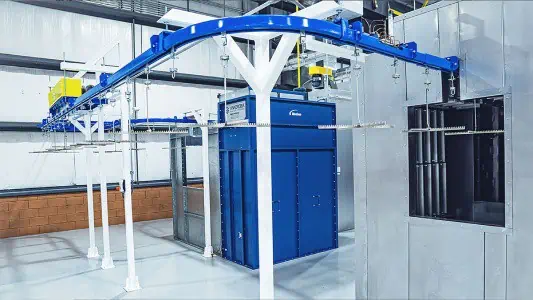
Our team has the necessary training and expertise to face the challenges of the industry.
We are present in the country’s industrial hubs to provide close and timely assistance to our clients.
Our equipment complies with international and national regulations.
In a powder coating system, the pretreatment phase must include a series of stages with chemicals and rinses that allow the removal of impurities and thorough cleaning of the surface before applying the coating. This process is essential to ensure effective paint adhesion, achieving a high-strength and high-quality finish.
There are various methods to prepare the surface before applying the coating. The two general methods are chemical pretreatment and mechanical cleaning, also known as shot blasting.
| CHEMICAL PRETREATMENT | MECHANICAL PRETREATMENT |
| Degreasing | Allows the use of various abrasive materials |
| Rinse with deionized water, iron/zinc phosphate, zirconium, sealers, adhesion promoters, among others | Removes impurities such as rust, mill scale, welding burrs, oils, coolants, and existing coatings |
| Drying process: allows the evaporation of chemicals and water from the substrate or parts during the chemical pretreatment process | It allows achieving a profile for paint adhesion |
After the pretreatment phase, the surface is ready for the powder coating application phase. In a powder coating system, the application must take place in a controlled environment called a clean room or environmental room, which ensures that temperature and humidity parameters are maintained at desirable standards, preventing any negative impact on the surface finish and powder coating storage. Inside the clean room, the paint booth is located, providing an appropriate space to carry out the application.
In most cases, a powder coating system includes paint recovery equipment that allows reclaiming the powder that did not adhere to the surface during application. To make this possible, a filtration process in the booth is essential to comply with regulations and protect operational personnel. Powder coating recovery helps reduce costs and waste in the process.
Application in a powder coating system can be done manually or automatically, using equipment such as:
For a powder coating system, the curing stage is essential. In the context of powder coating application, the curing phase refers to the chemical reaction of the paint at elevated temperatures, during which it undergoes a polymerization process.
Through this stage, the applied paint or coating layer hardens, enhancing the quality, durability, and performance of your finishes.
To carry out the curing process, it is necessary to have a specialized paint curing oven. The oven in a powder coating system can vary according to the specific characteristics of the coating and the surface it is applied to. Generally, curing ovens differ in size and design depending on the type of production, whether batch or continuous, as well as the heat source used, such as combustion, electric resistance, infrared emitters, UV radiation, or catalytic.
Effective curing contributes to the protection of the part and the surface finish.
Lower amount of contaminants generated
Powder coatings have low levels of Volatile Organic Compounds (VOCs), which is beneficial for the environment.
Color change
A rapid color change is achieved through a cyclone system or color modules.
Reusable
The powder coating application process generates less waste since the unused excess powder can be recovered and reused, making it more sustainable and cost-effective.
Resistance to corrosion and impacts
Powder coatings are less prone to chipping, peeling, or fading over time, making them ideal for applications that require resistance to abrasion and harsh conditions.
We design painting systems tailored to the specific needs and demands of each client to ensure compliance with international standards (NFPA, OSHA, ETL, FM GLOBAL, ATEX, etc.).
Qualified and experienced team: Project Managers certified by IPMA.

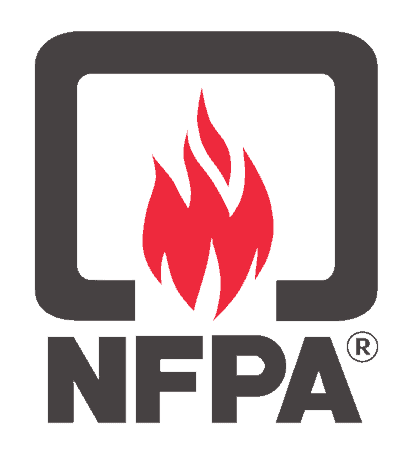
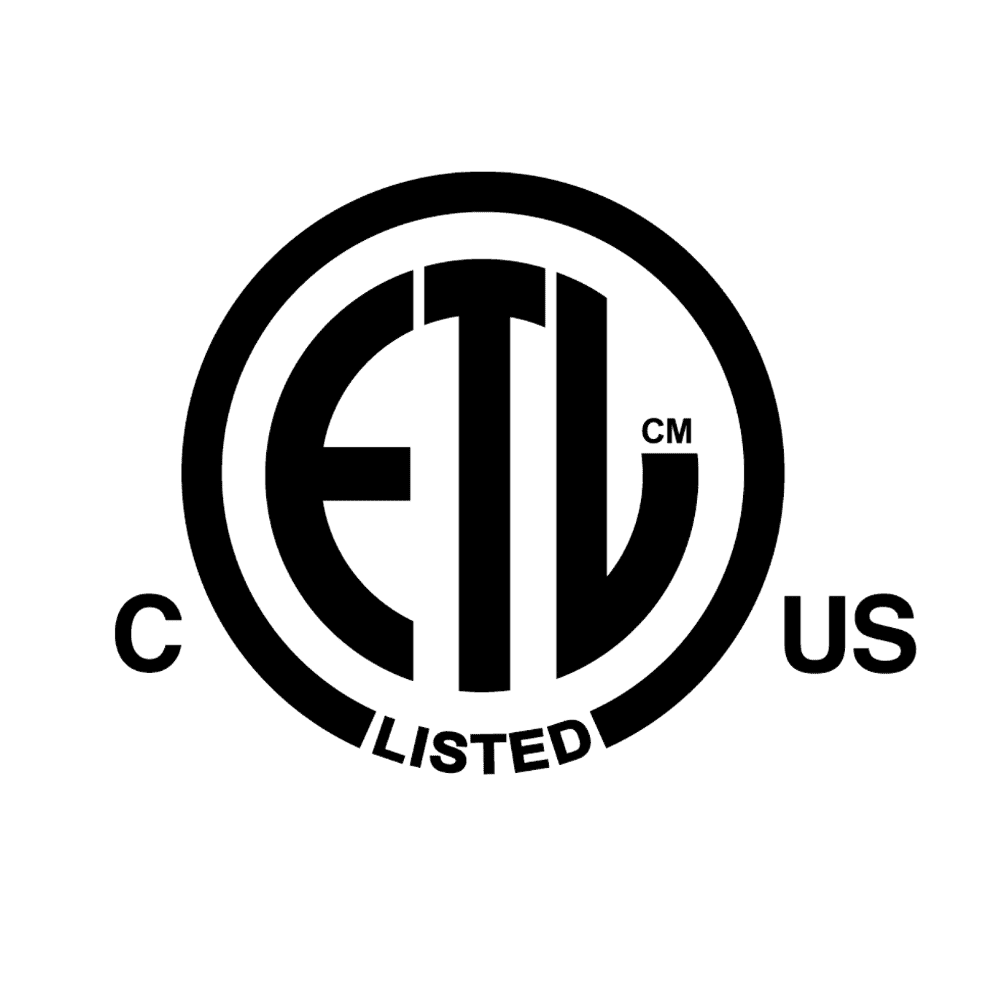
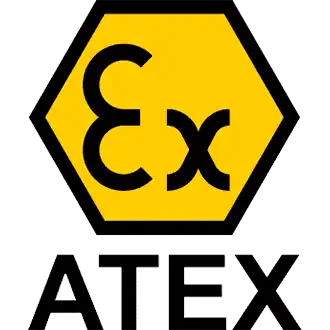
Powder paint is a dry coating applied through an electrostatic process. The paint particles adhere to the surface, which is then cured at high temperatures, creating a durable finish.
It offers greater durability, corrosion resistance, less material waste, and a reduced environmental impact since it does not require solvents.
Primarily metals such as steel, aluminum, and iron, but also certain specially prepared materials.
A pretreatment process is carried out that includes cleaning, degreasing, and, in some cases, phosphating to improve adhesion.
Regular cleaning of application systems and inspection of key components, such as guns and filters, to ensure optimal operation.
Experience that supports us

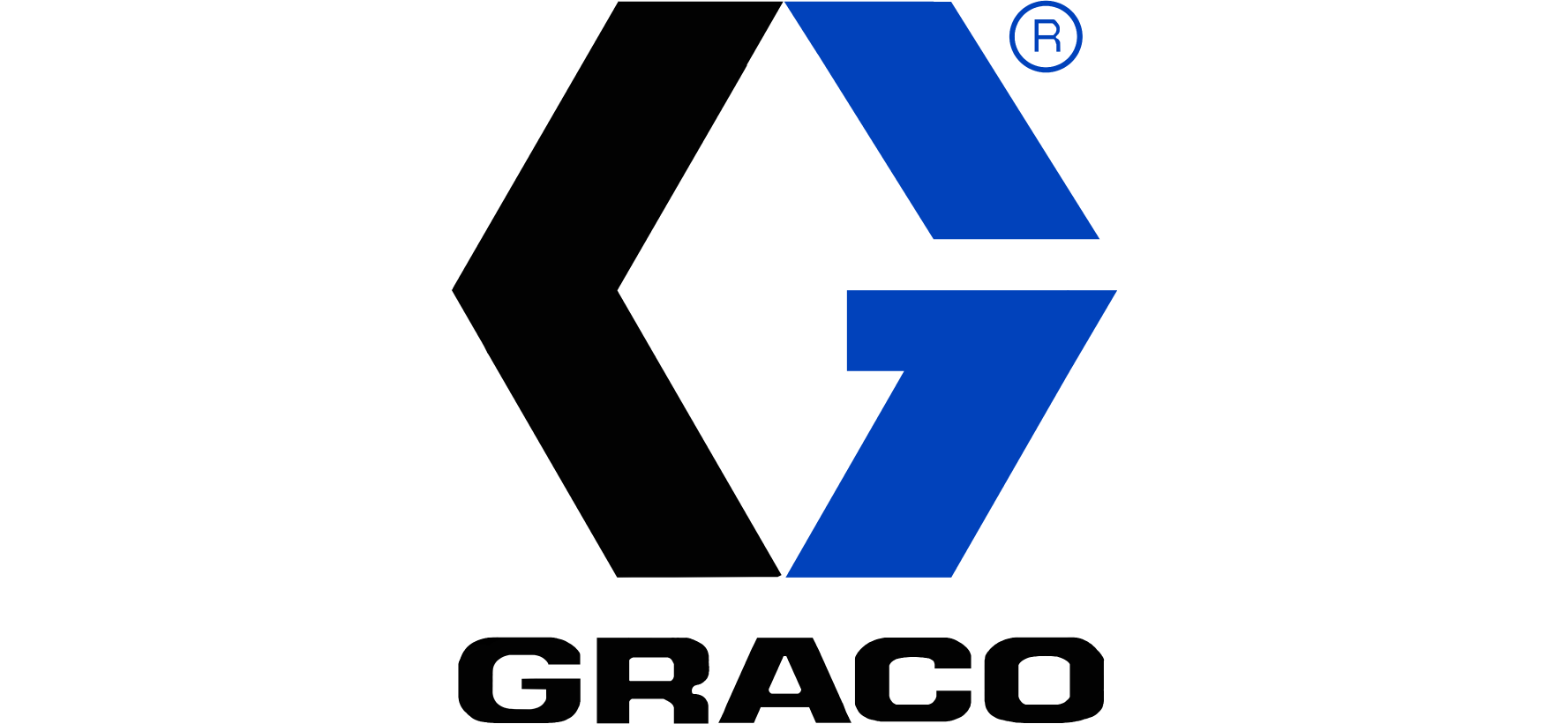
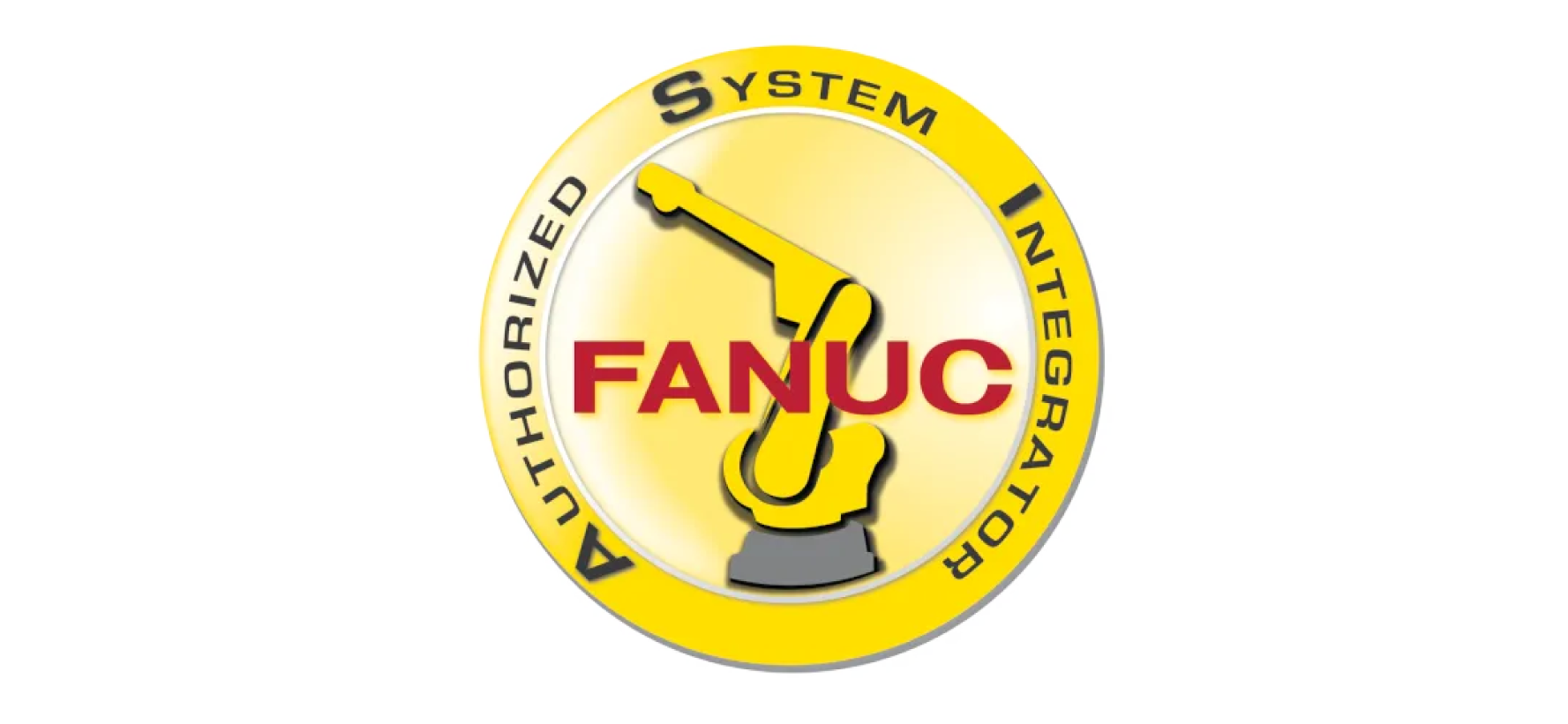
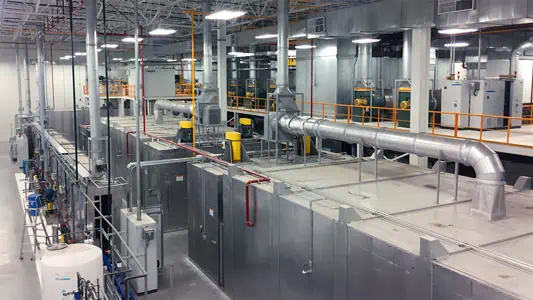
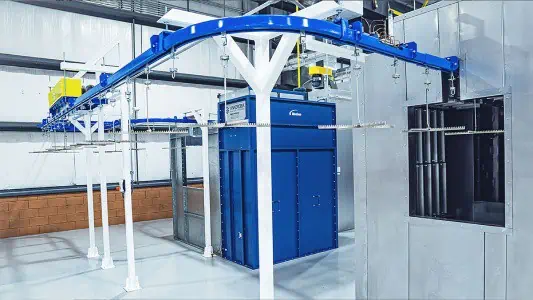
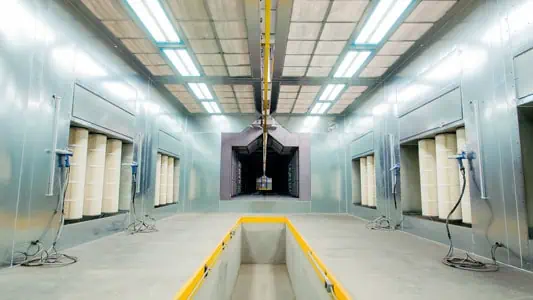
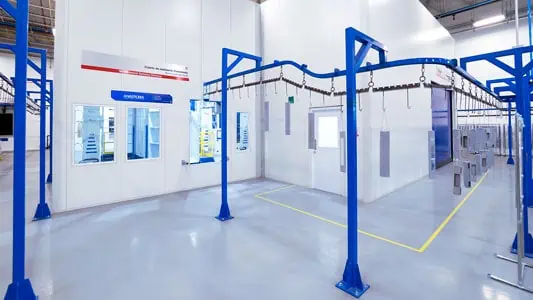
MÉXICO
México +52 222 283 9604
info@anaerobia.com
Paseo Sinfonía No. 5 L3-14
Lomas de Angelópolis
Puebla, México 72830
UNITED STATES MICHIGAN
USA: +1 810 538 5775
Troy, Michigan
© 2025 Sistemas de pintura industrial.
